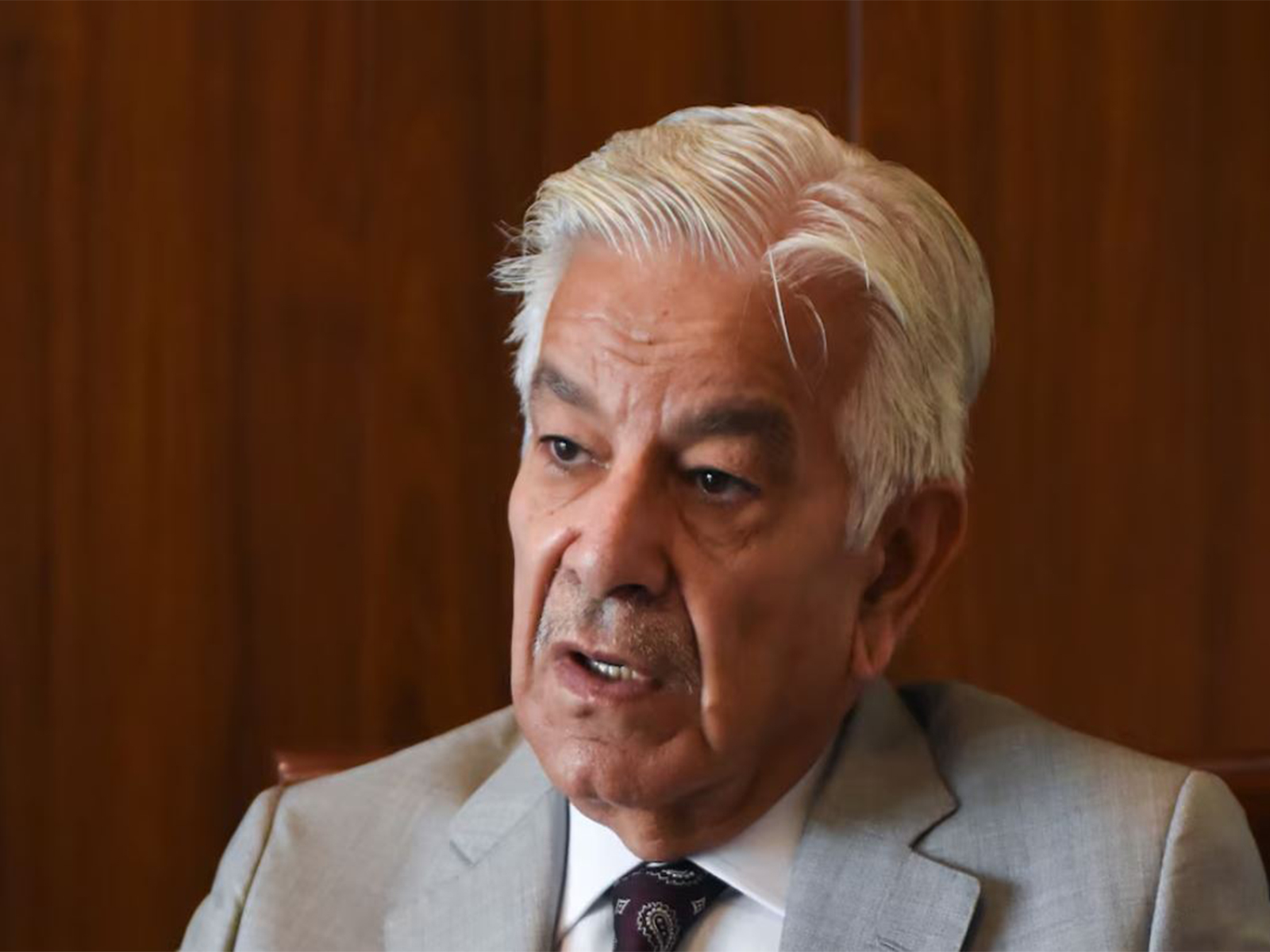- Putin says Russia has captured nearly 5,000 square km in Ukraine this year Reuters
- Russia-Ukraine war: List of key events, day 1,322 Al Jazeera
- Meeting with Defence Ministry and General Staff senior officials Президент России
Author: admin
-
Putin says Russia has captured nearly 5,000 square km in Ukraine this year – Reuters
-
SC Constitutional Bench mulls formation of full court while hearing pleas against 26th Amendment – Dawn
- SC Constitutional Bench mulls formation of full court while hearing pleas against 26th Amendment Dawn
- SC goes live with petitions challenging 26th Constitutional Amendment The Express Tribune
- Justice Amin-ud-Din urges reliance on 26th Amendment…
Continue Reading
-

Taliban’s 1st high-level India visit to send signals to US, China, Pakistan
Afghanistan’s acting Foreign Minister Amir Khan Muttaqi, pictured here attending a conference in Tehran in December 2023. (West Asia News Agency via Reuters)
KIRAN SHARMA
October 8, 2025 14:58 JST
NEW DELHI — Afghanistan’s Taliban Foreign…
Continue Reading
-
Punjab Govt allows private sector to procure wheat at Rs3500/40kg next year – RADIO PAKISTAN
- Punjab Govt allows private sector to procure wheat at Rs3500/40kg next year RADIO PAKISTAN
- Punjab govt, private sector to buy wheat at Rs3,500 per maund The Nation (Pakistan )
- Steps discussed to enhance wheat yield, curb smuggling in Murree
Continue Reading
-
Pakistan, IMF deadlocked over governance and corruption report – samaa tv
- Pakistan, IMF deadlocked over governance and corruption report samaa tv
- IMF talks end sans staff-level agreement; tax hikes not on table for now Dawn
- IMF Mission sees ‘Significant Progress’ in Pakistan’s economic reforms Mettis Global
- IMF relief…
Continue Reading
-

Scientist on three-week off-grid hike finds out he’s won the Nobel prize
US scientist Dr Fred Ramsdell was on the last day of a three-week hike with his wife Laura O’Neill and their two dogs, deep in Montana’s grizzly bear country, when Ms O’Neill suddenly started screaming.
But it was not a predator that had disturbed…
Continue Reading
-

Pasni port deal would pivot Pakistan from China to US
Pakistan’s reported proposal to grant the United States a development and management role at Pasni port, as reported by the Financial Times, marks one of the most consequential geopolitical developments in recent years.
Situated along…
Continue Reading
-

At India’s Durga Puja festival, a Hindu goddess slays a demon: Trump
Sitting atop her lion, the Hindu goddess Durga wields a celestial weapon in each of her 10 hands. But her target isn’t the usual demon of deceit, Mahishasura.
She’s taking aim at a…
Continue Reading

